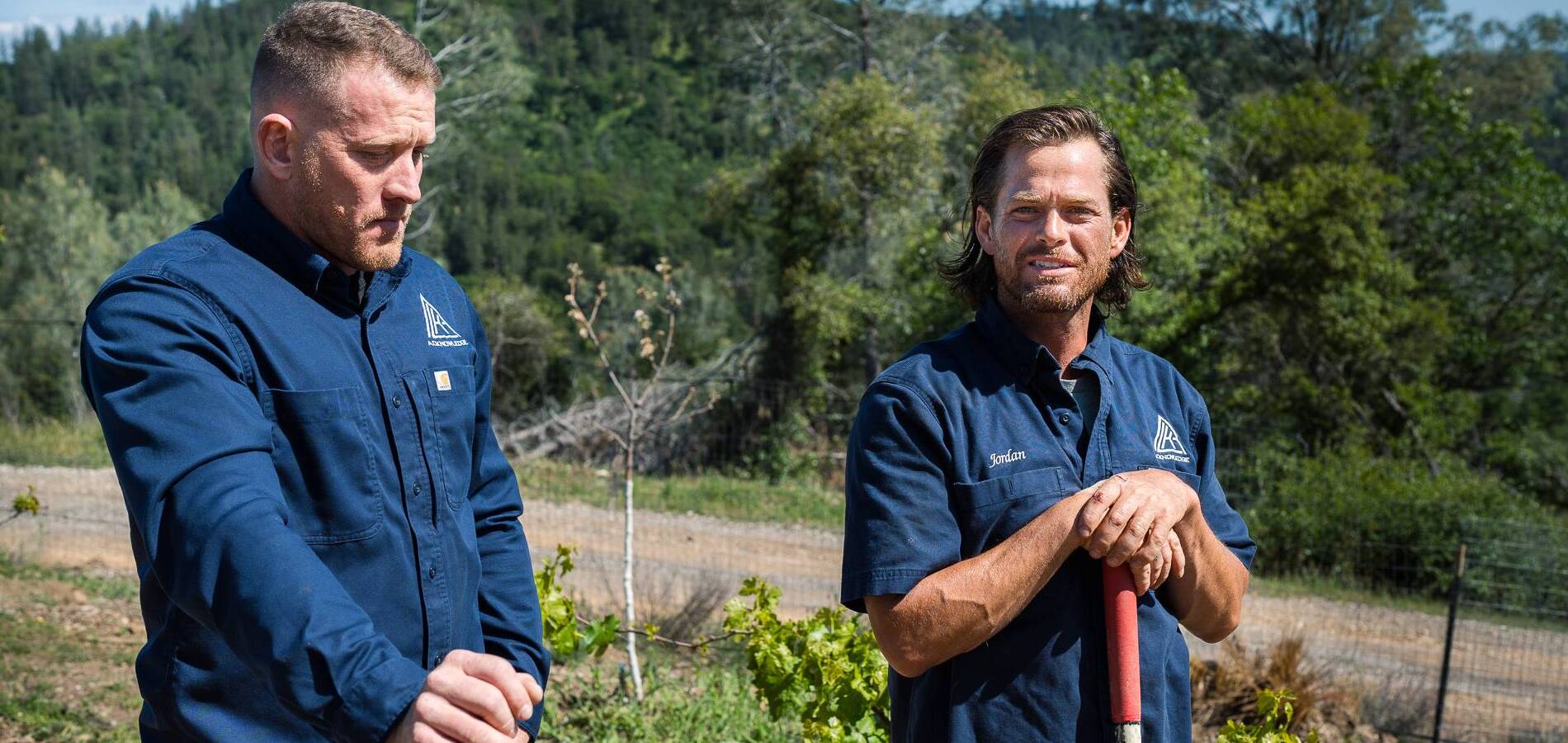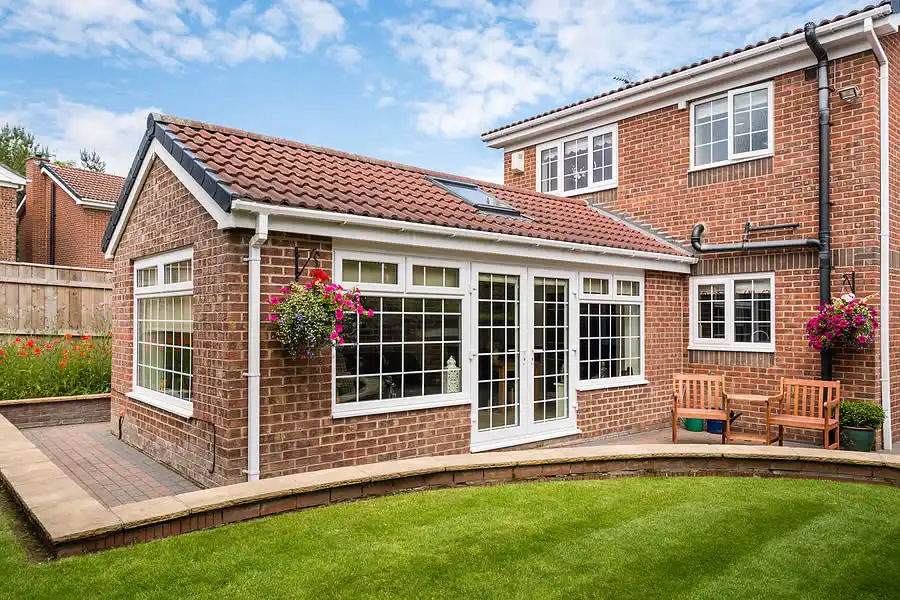Jul 22, 2024 Plumbing jargon can feel like a foreign language. Terms like P-traps and S-traps might sound like some kind of devious trickery, but they’re just components in keeping your home's plumbing running smoothly.
In this brief article brought to you by Acknowledge Plumbing, we break down these terms in a way that’s easy to understand so that you can confidently discuss your plumbing needs without feeling trapped by the terminology.
If you’d rather consult with a plumber, or if you need plumbing and water leak repair service, then call Acknowledge Plumbing to hire a uniformed, local plumber today.
Backflow happens when contaminated water from outside your pipes reverses direction and…
Read More Water leaks, whether apparent or hidden, are a homeowner's nightmare. They can…
Read More When expanding your living space with an Accessory Dwelling Unit or a…
Read More From unexpected backups to soggy lawns, the signs of a failing septic…
Read More Do you want to keep your lawn and garden lush and vibrant,…
Read More Our Services
Acknowledge Plumbing provides 24-hour residential and commercial plumbing repair & installation services in Sacramento County and all surrounding areas. Call our office now to schedule a nearby plumber.
What are traps in plumbing?
First, let's understand what a trap is in plumbing. A trap is a curved section of a pipe that is designed to prevent sewer gases from entering your home. It does this by holding a small amount of water at all times, which acts as a barrier against the gases. This water barrier is crucial for maintaining a healthy and odor-free environment in your home.
P-Traps: The modern standard
A P-trap is one of the most common types of traps used in modern plumbing systems. Named for its distinctive shape, which resembles the letter "P," a P-trap consists of a curved pipe that creates a water seal to block sewer gases. Here's how the P-trap works:
- Water Seal: The bend in the P-trap holds a small amount of water. This water forms a seal that prevents sewer gases from escaping into your home.
- Cleaning Access: P-traps are often equipped with a cleanout plug at the bottom. This allows you to easily remove clogs and debris without having to dismantle the entire trap.
- Ventilation: P-traps are designed to be connected to a venting system, which helps to equalize pressure and ensure proper drainage.
Benefits of P-traps
The water seal in a P-trap is very effective at blocking sewer gases, keeping your home smelling fresh. P-traps are widely used in contemporary plumbing systems and are compliant with most building codes. They can be used for sinks, showers, and other fixtures, making them a versatile choice for various plumbing needs.
S-Traps: The legacy model
S-traps are also named for their shape, which looks like the letter "S." Similar to P-traps, S-traps hold water in their curved section to prevent sewer gases from escaping. While they serve the same basic purpose as P-traps – creating a water seal to block sewer gases – they have some distinct differences.
For example, a significant drawback of S-traps is that they can sometimes siphon themselves dry. When a large volume of water flows through, it can create a suction effect that pulls the water out of the trap, breaking the seal and allowing gases to escape. Moreover, S-traps are not typically connected to a venting system, which can exacerbate the self-siphoning problem and lead to poor drainage.
Drawbacks of S-traps
S-traps are more commonly found in older homes, so you might run into them if you're repiping or dealing with an older plumbing system. In many areas, S-traps do not meet modern plumbing codes because of their tendency to siphon dry and lack proper venting. The self-siphoning issue can make S-traps less reliable in preventing sewer gases from entering your home, potentially leading to unpleasant odors and health hazards.
Consult with a trained plumber
Are you considering whether to arrange a pipe replacement or repair? If your plumbing pipes are making unusual noises, leaking, or producing foul odors, then call Acknowledge Plumbing to consult with a member of our team.
Our plumbers in Orangevale, CA have you covered with everything from a leak detection to pipe repairs and replacements. Contact Acknowledge Plumbing to get in touch today.












